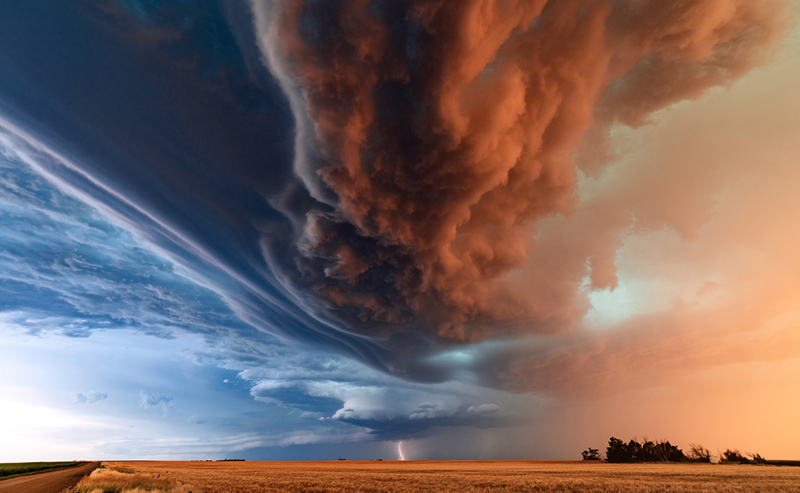With the beauty of spring comes the risk of unpredictable and oftentimes severe weather, especially thunderstorms and tornadoes. Just over the last couple of weeks, several states, including Iowa, Texas, Alabama, Mississippi, and a handful of others have experienced such extreme meteorological activity. Today, many are still trying to recover from it, whether physically, emotionally, financially, or otherwise. And they are most likely thinking about how to be better prepared in the future.
Severe thunderstorms, as defined by the National Weather Service, have wind gusts of 58 mph or greater and produce hail that is one inch or larger in diameter. Consequently, they can (and often do) cause injury, or worse death, to people and animals. Severe thunderstorms, especially those that produce tornadoes, can also result in widespread damage to property, including buildings, vehicles, and equipment, as well as extended losses of power due to downed trees or electrical lines.
Homes may be left uninhabitable, and their residents displaced. Schools and businesses may be forced to close or to shift operations to other locations until repairs can be made, or essential services are fully restored. Even hospitals, nursing homes, and other medical facilities may find themselves functioning under their Emergency Operations Plan, or EOP, for an extended period of time.
Interestingly (and unfortunately), such upheaval can occur in a matter of minutes, catching many off-guard. That’s because thunderstorms can develop, intensify, and move quickly in the spring due to temperature fluctuations and a shifting jet stream. Such weather conditions also provide the perfect set-up for the formation of tornadoes. As a matter of fact, April, May, and June are the peak months for tornadoes in the U.S. (https://weather.com/safety/tornado/news/2020-03-25-most-dangerous-peak-tornado-months-us-april-may-june).
So, while you enjoy these beautiful spring days, keep an eye to the sky and preparedness in mind. Develop or review your emergency plan. Conduct a severe weather-related exercise and make improvements, if needed. Last but certainly not least, keep emergency supplies on hand, whether at home, work, school, or in the car. Doing so will take the surprise factor out of severe weather and give you greater peace of mind.






